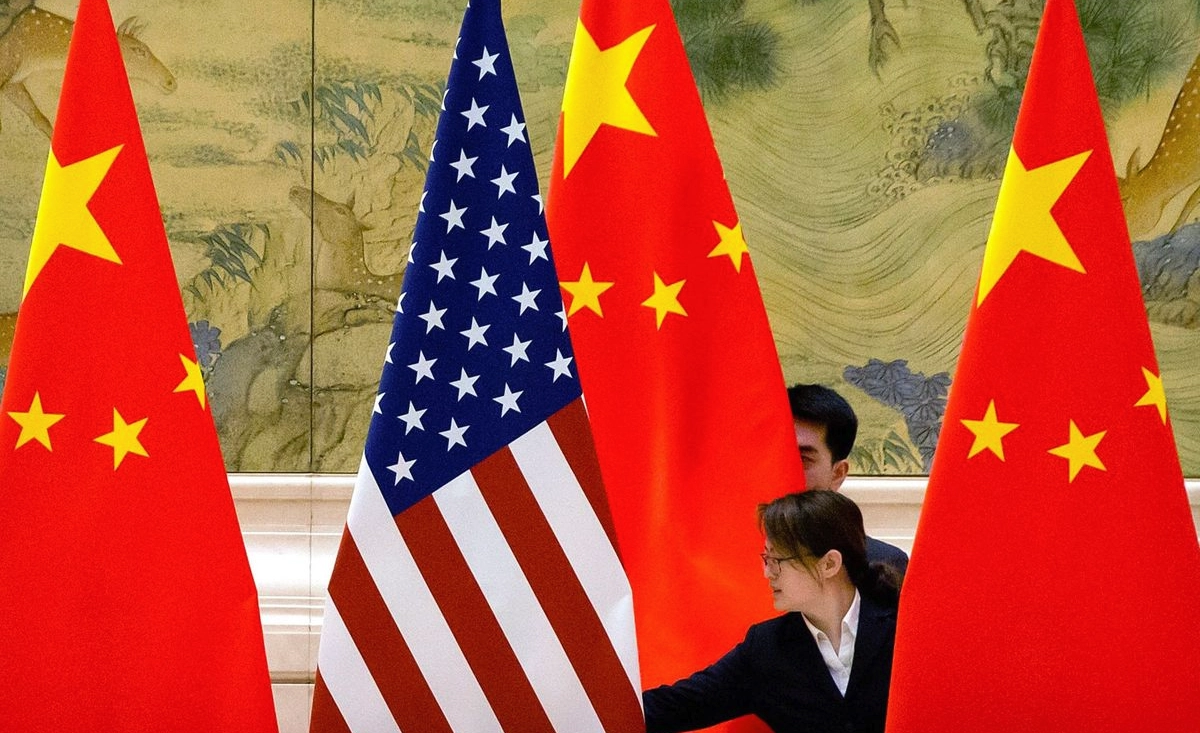The current way of measuring economies in times of peace is not useful for comparing the economic potential of states in the event of war. Current methods consider in their GDP estimation the real and concrete economic resources that an economy can mobilize to its advantage in any territory, even if it is a rival. They add up what is contributed by the privileges that a given economy has in the system of economic and political relations in which it is inserted. They count the advantages it has over others as a result of the fact that the system of international relations concerned has historically been articulated around its interests or the fact that this system of relations has been shaped based on the very design of its internal economy and its ideological conception of the economy.
All these relations and systems of relations, real or ideal, however, disappear when war comes. Then the bucolic peacetime market economies give way to war economies.
For example, today the U.S. derives a part — not a small one — of its GDP from the fact that much of what is produced in China is placed on its stock exchanges, where it really begins to exist. But it is clear that should the two countries go to war, Chinese production will no longer begin to exist in the American stock exchange apparatus, but will come out of industrial production chains such as aircraft, ships, tanks, and projectiles. On the other hand, all the intangible stock market values that the U.S. receives today thanks to its advantages in the development of the current system of international economic relations would disappear.
In order to compare with greater certainty the real economic potentials of the present superpowers in the event of war, one should leave aside the mercantile or stock market relational values and simplify the calculations to focus on only three factors: on the productive capacity of concrete tangible goods, the innovative capacity and the access to resources (raw materials).
Undoubtedly, in a general or proxy war, between the U.S. and the People’s Republic of China, even if the dollar is a more reliable currency for international transactions than the yuan or the ruble, would be of little, if any, use. What will matter in the event of war is what an economy can produce, such as food for its population and soldiers, medicines, or weapons, not the stock market shares of the citizens of the state concerned, or even the amount of precious metals deposited in its banks (it will matter, rather, the steel, aluminum, titanium, uranium… that it is capable of producing).
In this case, the decisive factor would be the ability to innovate technically, not the complex stock market products created in the peripatetic institutions. And access to the raw materials needed to produce tangible goods will matter, not the privileged situation in the current international economic order in peacetime.
It is therefore a dangerous mistake to continue to believe, based on current national GDP measurements, that an economy such as China’s, which produces 13 or 14 times more steel than that of the U.S. — and a long list of other commodities where the same is true — would be disadvantaged in the event of a war, general or proxy, between the two superpowers.
Nor is it credible that a society with greater access to material production and greater engineering potential than the U.S., such as China today, would remain much further behind in terms of innovative capacity, even if its political system harms this. In short, with a society such as that of the U.S., composed essentially of office and service employees, it cannot be expected to maintain its supremacy in innovative capacity over another society where the proportion of individuals directly involved in material production has grown to far exceed it.
China’s anti-innovation political design will undoubtedly slow down the process. But in the long term, the lack of contact between American society in particular, and Western society in general, with productive reality, as a concrete material transformation of nature in the West, will have a negative impact on their political systems, while the opposite situation in China will perhaps make it move toward a political system more conducive to innovation.
As for access to raw materials, perhaps even today the United States still has greater and easier access to them. But even if that were the case, the matter would be easily compensated in time of war, since the Western elites have done their utmost to throw Russia, with its immense and unexploited resources, into the hands of Beijing.
The truth is that in case of open war between the U.S. and China, which does not escalate to strategic nuclear, or even in case of another proxy war of the latter against the U.S., by using North Korea against South Korea, as it now uses Russia in its war against Ukraine – because that is actually what happens in Ukraine: China wears down the other two global superpowers, the war economies of the two countries would be in an unfavorable relationship for the Americans, and in general for the whole bloc of their allies. As time goes by, the worst thing is that this unfavorable situation for the U.S. and the West can only get worse if they do not start to reverse their deindustrialization and seek a rapprochement with the Russians first. Whoever is in the Kremlin.
*Translated by Janaína Ruviaro da Silva from the original in Spanish.











